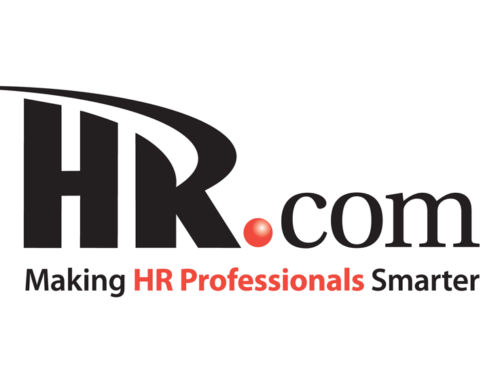There has been a rapid change in the workplace culture over the past decade leadingcompaniesto be faced with new demands, including the effects of globalization, new technologies, and diversity of employees. Today, organizations are looking for a leader with a different set of skills and competencies than those they had previously hired. The leaders of today must be able to lead the organization, lead others, and lead themselves.
Here are ten critical leadership competencies which companies are looking for in today’s workplace.
1. Visionary Leaders
A clear vision is vital for leaders. It forms the basis for defining team goals and provides direction for the team. Equally as important is the ability for leaders to communicate goals effectively. With the workforce being comprised of younger workers, this purpose driven approach helps to engage the employees of today.
2. Managing and Implementing Change
The ability for leaders to recognize when their team is no longer moving towards their agreed upon goals is also vital. Leaders must have the confidence to anticipate failure, have the ability to take control of the situation, and identify alternative strategies. Good leaders are those that have the confidence to implement changes quickly, who recognize the negative impact change can have on team morale, and who address this by implementing changes in the least disruptive way.
3. People Not Workers
There has been a recent trend towards supporting the health and welfare of all employees. Leaders play a key role in helping to build and develop their team in addition to managing it. The leader’s approach has moved away from focusing only on productivity, to one, which also includes a focus on workplace morale. Good team leaders also model good workplace behaviors such as stress management, exemplary communication skills, and respect for others, all while expecting their colleagues to do the same. Leaders recognize each employee as an individual rather than viewing their team as one unit, but they are able to encourage teamwork and create effective work groups to achieve organizational goals.
4. Human Capital Management
A focus on team building is a priority for leaders, but this should also be done with organizational goals and needs in mind. Leaders must be mindful of the organization’s current and future goals when determining how to manage their team on a daily basis.
5. Managing Self
An important competency for leaders is the ability to manage and develop themselves. Leaders who model strong ethics, integrity, motivation to learn, and invest in their own self-development, inspire their colleagues to do the same. Other key skills in this area are adaptability to workplace change, good observational skills, and enhanced self-awareness.
6. Conflict Management
Conflict management requires leaders to be skilled in social intelligence.. Social intelligence is the ability to observe and understand group dynamics, identify the potential for conflict between group members, and implement preventative strategies. When conflict does occur, competent leaders should be able to encourage workers to resolve issues together; however, they should also have the confidence to make a decision and resolve conflict on their employee’s behalf.
7. Resilience
The pressures leaders face in today’s fast-paced and ever-changing workplace requires leaders to be resilient. Resilience refers to the ability to bounce back quickly and remain positive in-spite of setbacks.
8. Technology Management
With the impact of new technologies in all industries, leaders must remain up to date on new technological developments and be open to incorporating new technologies into workplace practices.
9. Communication
Leaders often provide an important link between their team, other departments, and executives. Competent leaders are able to accurately communicate messages to their team, proactively seek clarification when needed, and ensure team members understand what is being asked of them. In an increasingly global organization and one in which more and more employees work remotely, the way in which leaders communicate has also changed. Frequent communication and a comfort with communication through a variety of methods including email, IM, and video conferencing is important.
10. Customer Focus
Leaders who are customer centric understand that a focus on their customer is just as important as the focus on their team and organization. Working with customers requires leaders to draw on all of their leadership competencies and requires effective listening, treating customers as people not numbers.. A good leader engages their customer and works to build long-term and committed relationships to ensure their loyalty.
